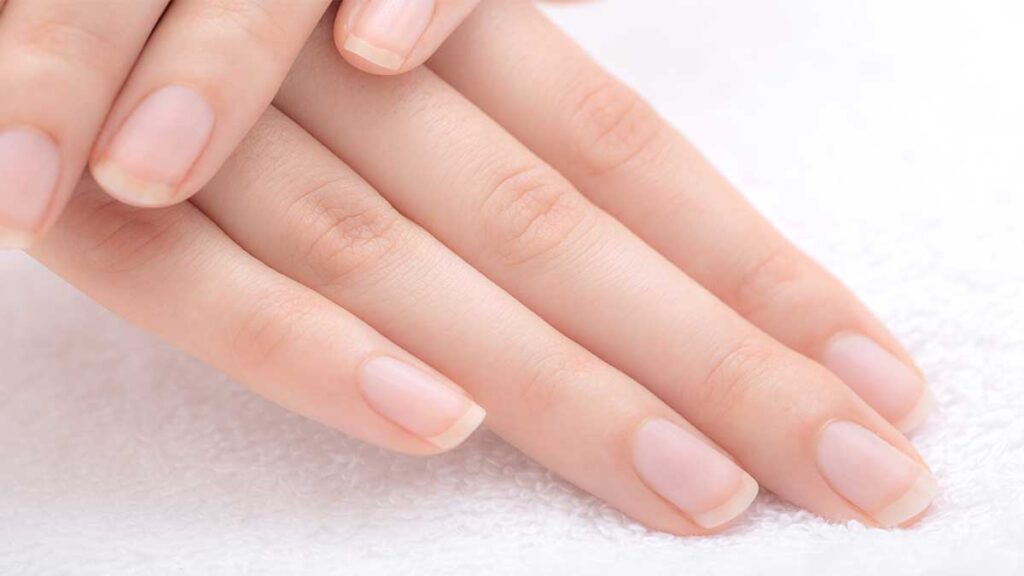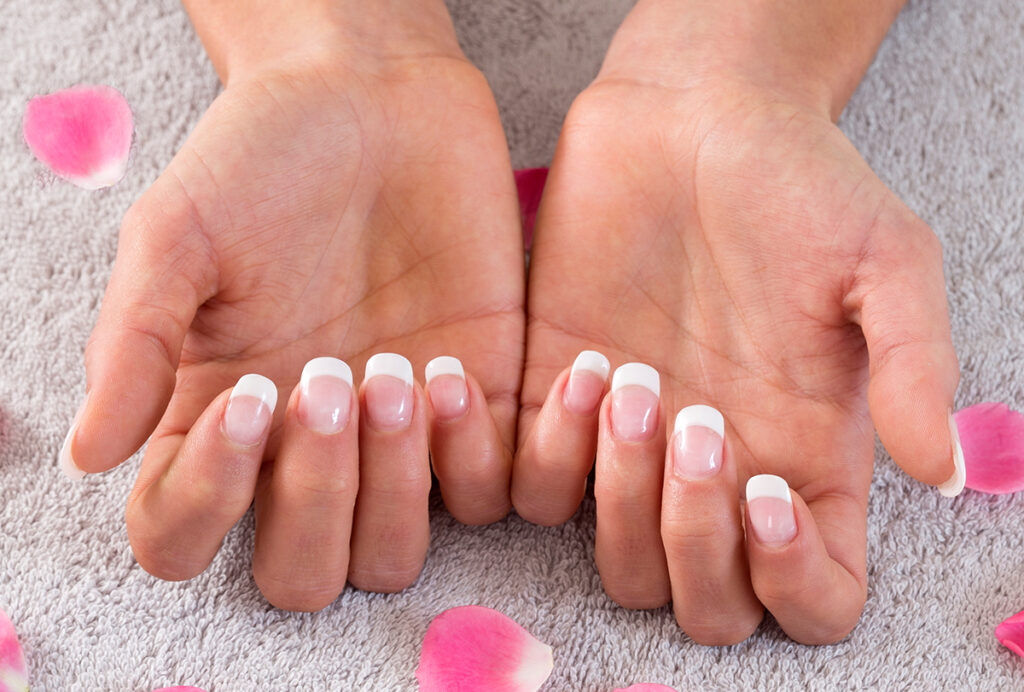Struggling with brittle nails? Just like your skin and hair, nails require proper care. They are an integral part of your look and reflect your overall health. If they split, crack, or refuse to grow, your diet and personal care routine might not be as good as you think. Any changes in nail color and shape can indicate an underlying health issue.
What Your Nails Say about Your Health

Fingernails are not just an aesthetic feature. They act as a protective shield and guard your fingertip from external damage. Your nails also enhance the sensitivity of the fingertip and enable you to perform certain actions, such as scraping or cutting. Thickening or discoloration of the nails is often a sign of anemia, heart disease, kidney disorders, or diabetes.
In general, yellow nails indicate psoriasis, thyroid disease, or lung disorders. Dry, brittle nails may be caused by a fungal infection, toxin buildup, or hypothyroidism. They can also indicate a deficiency in biotin, vitamin A, or vitamin C. If your nails are curved downward, you might have inflammatory bowel disorders or liver disease. Horizontal ridges are a sign of zinc deficiency or uncontrolled diabetes. Vertical ridges are caused by magnesium or vitamin B12 deficiency.
Simple Ways to Keep Your Nails Healthy

Regular nail care can improve your health as well as your looks. Start by tweaking your diet. Eat foods that are rich in biotin and essential fatty acids, such as tuna, salmon, and avocado. Consider taking a biotin supplement to strengthen brittle nails. Make hand crème and cuticle oil part of your beauty routine.
Apply a protective layer before using nail polish. Massage your cuticles with a small amount of petroleum jelly before bedtime to keep your nails hydrated. Wear rubber gloves when washing dishes or doing house chores. The chemicals in detergents weaken your nails and the surrounding tissues. Be aware that quick-drying nail polish is high in alcohol and formaldehyde, which can split and dry your nails, so it’s better to avoid it.

Leave a Reply